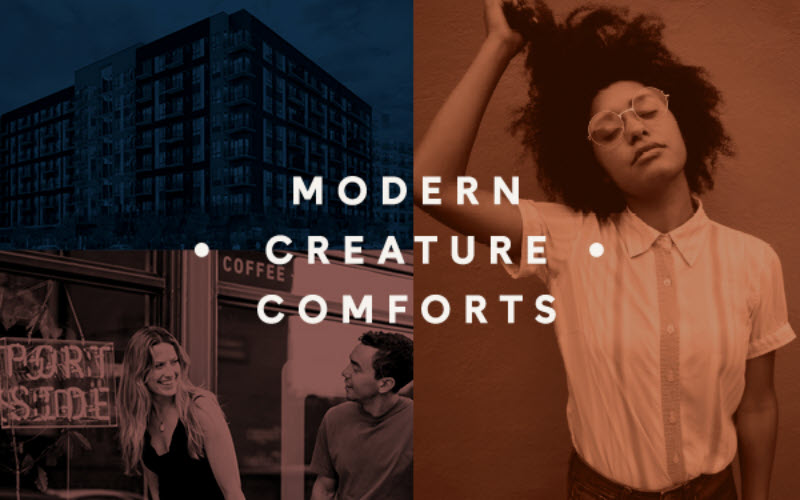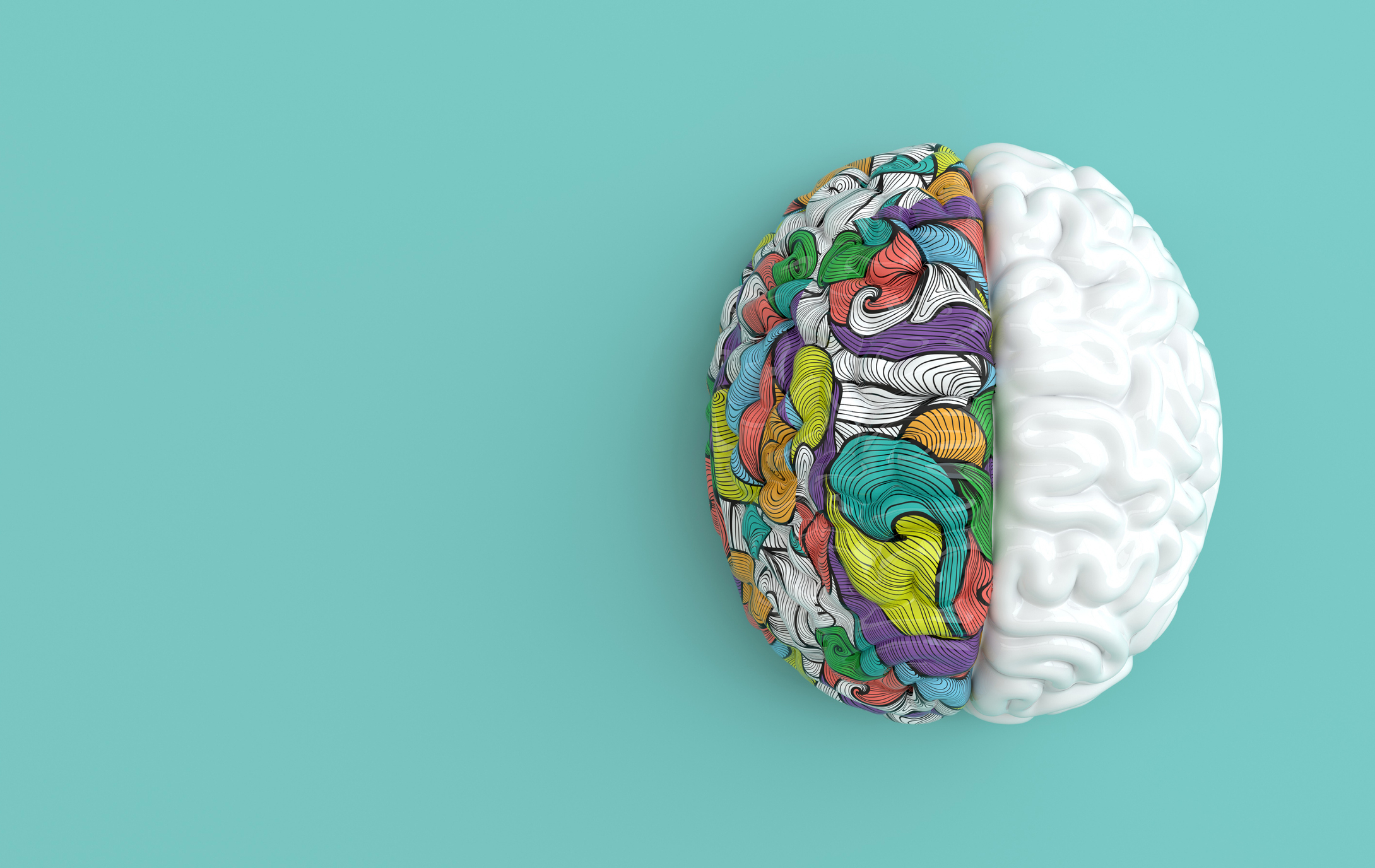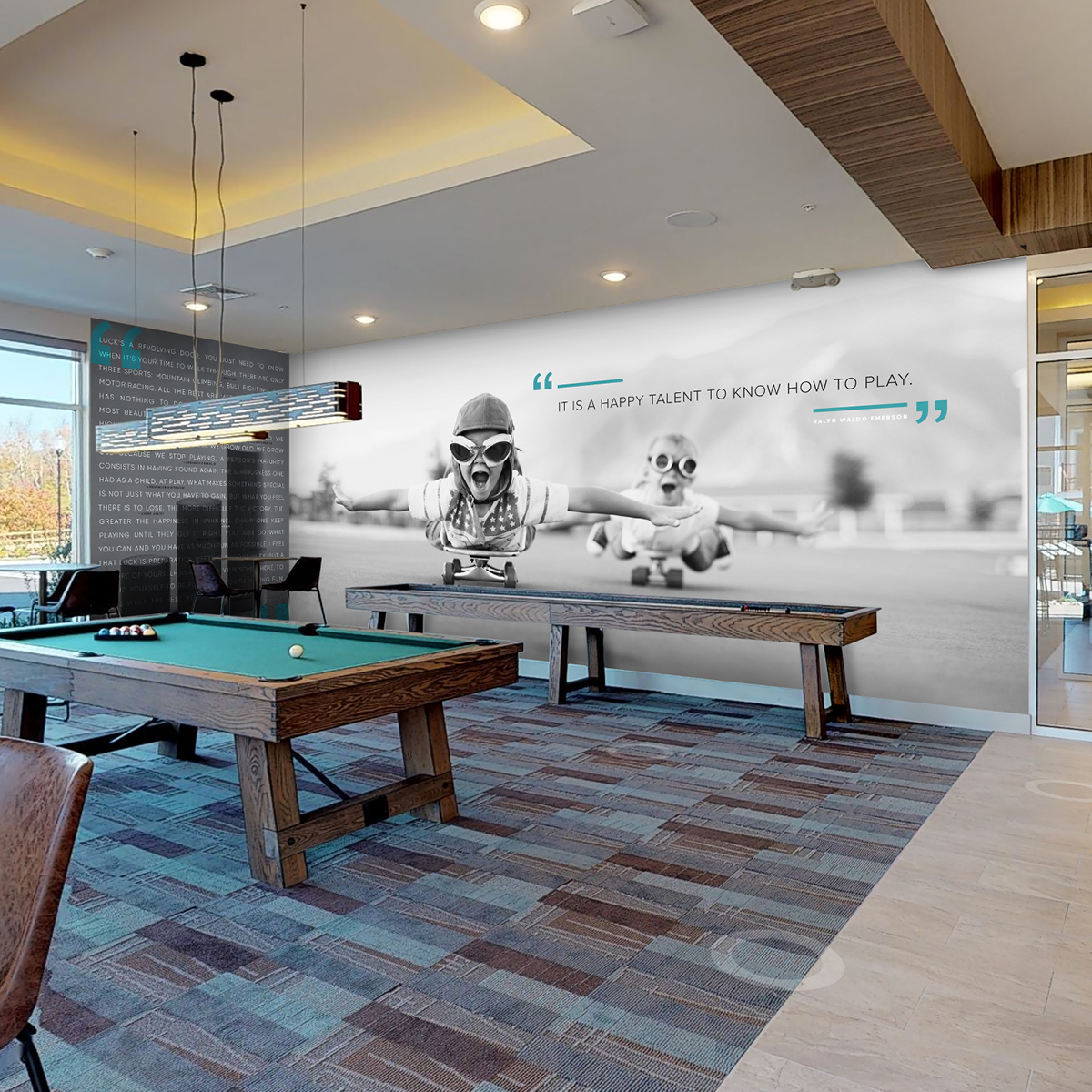Fonts are like people. They can be funny or serious, simple or complicated, sophisticated or playful, even naughty or nice. Some gorgeous ampersand can just walk into a room and everyone stares. They have personalities. They can be odd and goofy like your weird uncle or demand respect through experience and wisdom.
Type is a major part of how a design is seen and understood. It embodies the message we are trying to communicate. It is a critical part of whether or not a design is successful.
Choosing the right typeface for a project can be a very daunting task. There are a multitude of choices available literally right at our fingertips (see Veer or Fonts.com for examples of two popular purveyors).
As designers, we could spend endless amounts of time searching the vast array of font websites or our in-house font library looking for a typeface that is just right for our client’s website, brochure or logo. Understanding a little about how type works can really help us select the best typeface in a more efficient way.
There are books upon books that cover the history and anatomy of type. We will touch on these subjects in the following paragraphs, but really we will be presenting an overview of the basics of type and how the history and aesthetics of a typeface can influence how a typeface and, ultimately, a design is perceived.
There are a number of different categories of typefaces but we’ll first focus on the two categories most fonts fall within: Serif (as shown below) or Sans-Serif (as shown in our next post).
Tails Never Fail
Serif fonts are defined by the little “tails” (serifs) that are usually at the ends of a stem on a letterform. Fonts like Times or Garamond are commonly used fonts in this category. Serif typefaces tend to feel more traditional, responsible, mature or official. They often denote experience, historical significance or upper-class status but can, in some situations, feel out of date, stodgy, too serious or pompous.

You can additionally group serif faces into subcategories. Old Style fonts like Garamond feel the most traditional because, well, they are usually the oldest. Many of the typefaces we use today are revived or reinterpreted versions of typefaces dating back to the 15th and 16th centuries. They more closely mimic calligraphy and the gestures of the hand when writing.
Transitional typefaces came along later when the printing technology allowed designers to create type that had more variance between thick and thin parts of the letters. This created more contrast in the letterform and hence the ability to make type more dramatic. Letters became less organic and less related to calligraphy and more geometric and abstract. Baskerville is the standard example of a Transitional Serif typeface.
Two other subcategories worth mentioning are Modern Serif and Slab Serif typefaces. Modern Serif faces took the movement towards more abstract type forms to an extreme with thin and straight serifs and very sharp contrast from thick to thin. Think Bodoni or Didot. When we think of these typefaces, we usually think of high fashion, or a glamorous Parisian night.
Vogue uses a variation of Didot in its logo. Slab serifs are identified by their thicker blocky serifs. They tend to feel assertive, bold and masculine. Like a poster from the Old West.


Please read-on with our sans-serif post here.





